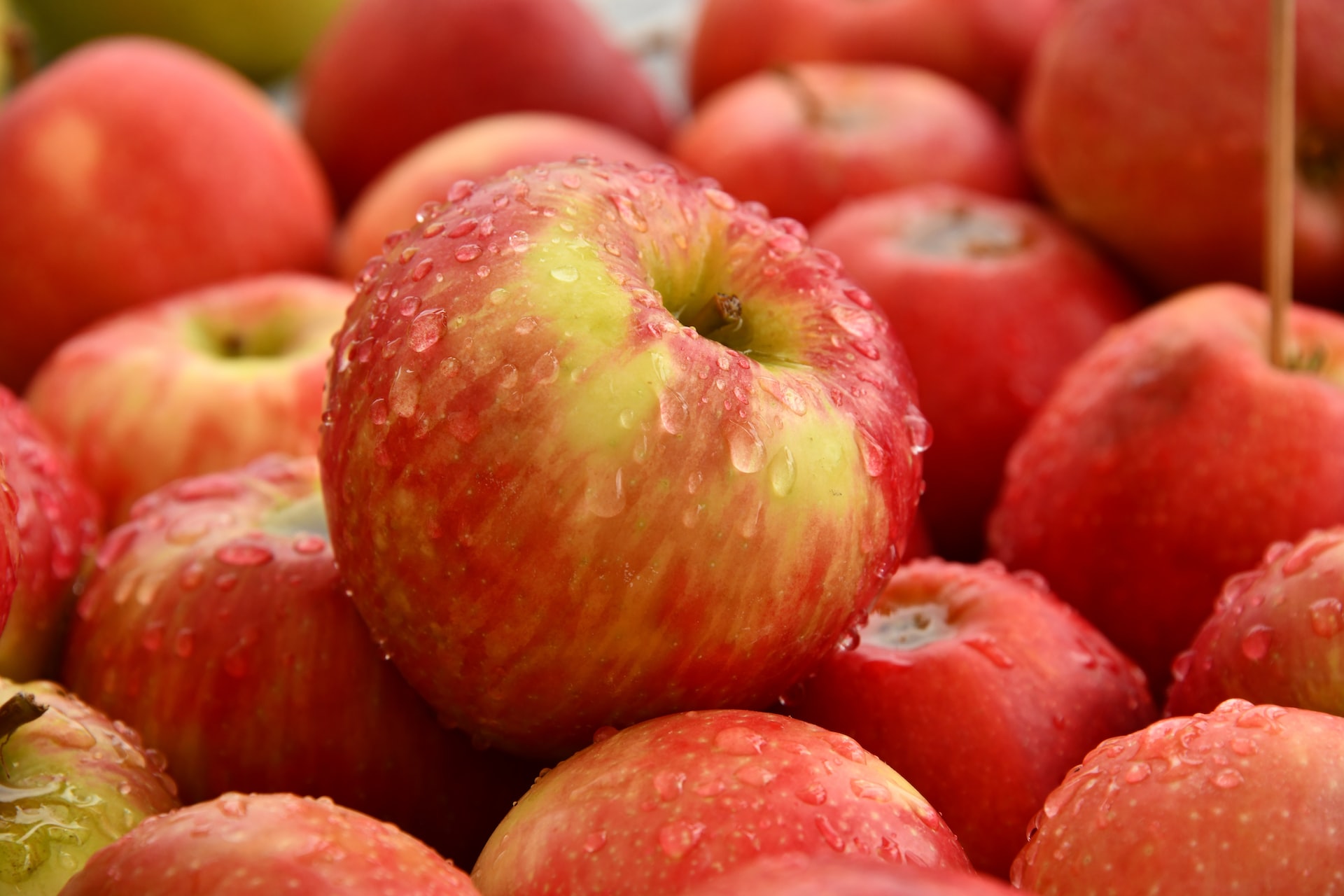


The United States Department of Agriculture (USDA) recently released the "2024 New Zealand Deciduous Fruit Semi-annual Report" shows that the New Zealand apple industry has recovered as expected due to factors such as the attenuation of El Nino phenomenon, the increase of seasonal labor force, and the innovative practice of agricultural systems, and it is expected that the 2023/24 season apple production will be 480,000 tons. Exports will also rise to 330,000 tons from 309,000 tons in the previous season. Although the average price per ton of apples increased by more than 7% in the 2022/23 quarter, demand in Asian markets such as Vietnam and China remained strong.
Due to the impact of Cyclone Gabrielle early last year, the main apple producing areas of Hawkes Bay and Gisborne suffered extensive flooding, silt, high winds, etc., and a large number of orchards were severely damaged or even destroyed. According to New Zealand's Ministry of Primary Industries (MPI), the official forecast for the 2023/24 season is 9,200 hectares for apple planting and 9,000 hectares for harvesting. At the beginning of the 2022/23 season, New Zealand apples were planted on 11,000 hectares.
The attenuation of the El Nino phenomenon this year, coupled with positive factors such as the increase in seasonal labor force, is expected to recover to 480,000 tons of apple production in 2023/24 season. In addition, orchards that did not harvest last season due to the weather will produce enough apples for the entire season. Industry sources said that during the spring of 2023/24 apple tree pollination and fruit setting, the weather conditions were basically conducive to growth. The industry remains cautious about how trees affected by last year's hurricanes will fare at harvest time. Unit production is said to be higher than in the previous two years, but the size of the apples is less than ideal due to very dry weather near the harvest.
While most of New Zealand's South Island saw an increase in production of premium fruit in the 2020/23 season due to favourable growing conditions, the impact of the cyclone still reduced overall production to its lowest level since the 2007/08 season, at an estimated 440,000 tonnes.
Exports of New Zealand apples are expected to be 330,000 tonnes in the 2023/24 season, which is well below historical levels but showing a recovery after the loss. With an off-season advantage over northern Hemisphere countries, demand for New Zealand apples is expected to remain strong, with export focus on Asian markets such as Vietnam, Thailand and China. In the first three months of 2024, New Zealand apple exports increased by 37% compared to the same period last year. Its exports to China increased by 24.15% to 11,954 tons, making China its largest overseas market. Exports to India increased 454.92% to 10,377 tonnes, making India the second largest export destination for New Zealand apples.
As a result of Hurricane Gabriel, exports of New Zealand apples for the 2022/23 season totalled 309,084 tonnes, the lowest since the 2012/13 season. Industry sources said that despite the impact of reduced export supply, Asian market demand is still strong, especially Vietnam (14.5%), China (13.6%) and Taiwan (9.4%).
Although exports fell by nearly 10% compared to the previous year, the average price of apples in 2023 increased by more than 7% to NZ $2,805 per ton (~ US $1,683 per ton). The increase in unit prices cushioned the impact of lower exports this season. But as the MPI report points out, the increase in production costs has also been affected by global agricultural input inflation, squeezing Apple's export profit margins.
Royal Gala was the most exported variety in the 2022/23 season, but increasing demand for Honeycrisp, Dazzle and especially Rockit led to an increase in unit prices per tonne. Growers say that with damaged orchards being replaced and financing rates rising, they will focus on the return of planting when choosing future varieties. As a result, the acreage of older varieties such as Braeburn is shrinking. In the 2011/12 season, Breeburn accounted for 22% of New Zealand's total apple planting area, and in the 2021/22 season, it accounted for only 8%.
In terms of shipping ports, Napier has been the main port for New Zealand apple exports to the world over the past five years, accounting for 61% of total exports. In the 2022/23 quarter, the port of export has undergone significant changes. Both Nelson and Tauranga saw a 35 per cent increase in apple exports from the previous season, while Napier port saw a significant 28 per cent decrease from the previous season.
Need help or have a question?
Send mail